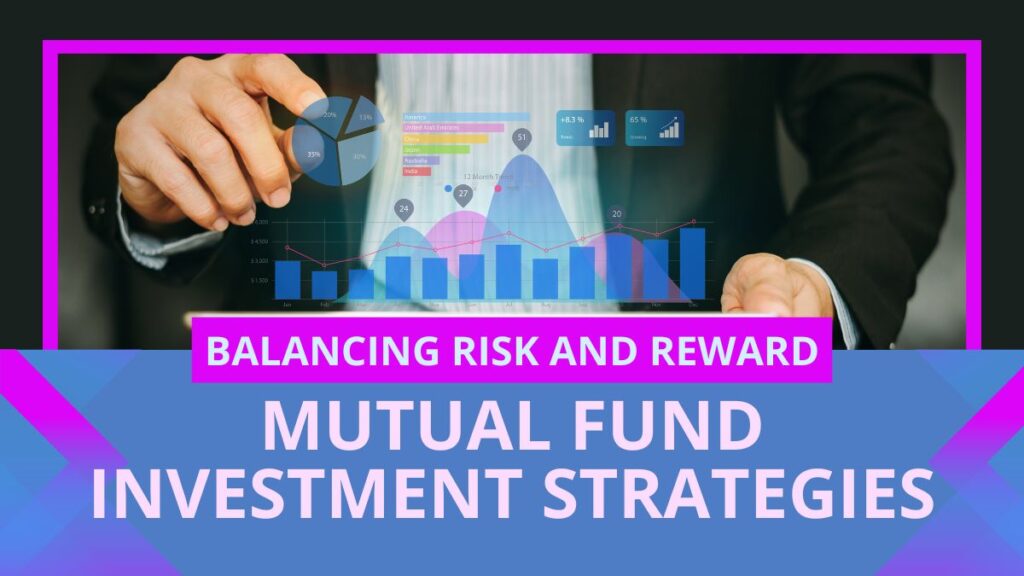Balancing risk and reward is a fundamental principle of investing in mutual funds. Mutual funds are investment vehicles that pool money from multiple investors to buy a diversified portfolio of stocks, bonds, or other securities. The objective is to achieve a specific investment goal while managing the associated risks. Here are some mutual fund investment strategies to help you strike a balance between risk and reward:
1. Diversification:
Diversification is a key strategy for managing risk. Invest in mutual funds that offer broad exposure to different asset classes, sectors, and geographic regions. By spreading your investments across various assets, you reduce the impact of poor performance in any single investment.
2. Asset Allocation:
Determine your risk tolerance and investment goals before selecting mutual funds. Asset allocation involves deciding how much of your portfolio should be invested in different asset classes, such as stocks, bonds, and cash equivalents. Your allocation should align with your risk tolerance and financial objectives.
3. Risk Tolerance Assessment:
Be honest with yourself about your risk tolerance. If you can’t stomach the volatility of the stock market, consider more conservative options like bond funds or money market funds. Conversely, if you’re comfortable with risk, you may opt for equity-focused funds.
4. Time Horizon:
Your investment time horizon plays a significant role in determining the level of risk you can afford to take. Longer time horizons generally allow for a higher allocation to stocks, which tend to be riskier but offer higher potential returns.
5. Types of Mutual Funds:
There are various types of mutual funds, each with its own risk-reward profile. Consider the following options:
- Equity Funds: Invest in stocks and offer higher growth potential but come with higher volatility.
- Bond Funds: Invest in fixed-income securities and are generally less risky than equity funds but offer lower potential returns.
- Money Market Funds: Invest in low-risk, short-term securities and provide stability but minimal growth.
- Hybrid Funds: Combine stocks and bonds to provide a balanced risk-reward profile.
6. Expense Ratios:
Pay attention to the expense ratios of mutual funds. Lower expense ratios can significantly impact your overall returns over time. Look for funds with competitive expense ratios.
7. Historical Performance:
Review the historical performance of a mutual fund, but remember that past performance is not indicative of future results. Consider a fund’s long-term track record rather than short-term fluctuations.
8. Professional Management:
Actively managed funds are managed by professional portfolio managers who make investment decisions on your behalf. Passively managed index funds aim to replicate the performance of a specific index. Each has its advantages, and your choice should align with your investment philosophy.
9. Regular Monitoring and Rebalancing:
Periodically review your portfolio to ensure it aligns with your goals and risk tolerance. Rebalance your holdings as necessary to maintain your desired asset allocation.
10. Risk Management:
Consider using risk management tools such as stop-loss orders or setting predetermined exit points to limit potential losses.
11. Consult a Financial Advisor:
If you’re unsure about your investment strategy, consider consulting a financial advisor. They can help you create a well-rounded investment plan tailored to your specific needs and circumstances.
Conclusion:
Balancing risk and reward in mutual fund investments requires careful consideration of your financial goals, risk tolerance, and time horizon. A diversified portfolio, regular monitoring, and disciplined investing can help you achieve your objectives while managing risk effectively. Keep in mind that all investments carry some level of risk, and it’s crucial to be prepared for both ups and downs in the market.



